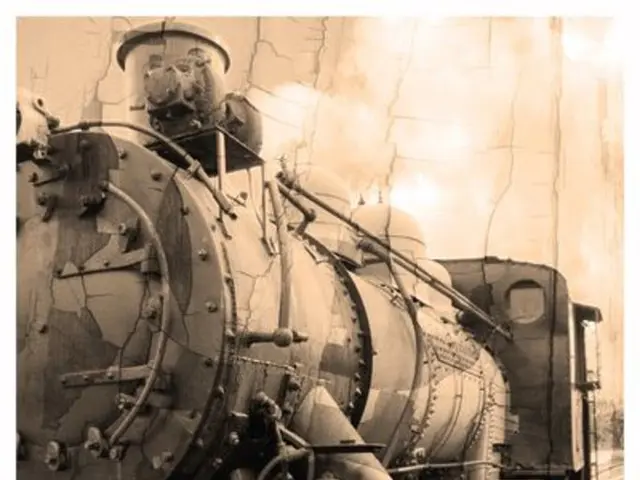Investigations into the Atmospheric Phenomena of Clouds for Educational Purpose
Clouds, those fluffy, wispy, or layered formations in the sky, have been a subject of fascination for centuries. Here's a guide to help you understand their types, formation, and importance.
Luke Howard, in 1802, named the cloud types we know today. He coined terms like "cirrus," which means high in altitude, and "nimbus," meaning rain-bearing. Cirrus clouds, which are found above 6km, are wispy and made from ice crystals. Cirrocumulus, a type of high cloud, resemble ripples of small, white patches.
Low, heaped clouds are called cumulus clouds. They are puffy and cotton-wool like, often seen on a sunny day. Stratus clouds, on the other hand, are layered or spread out. Low, layered clouds are called stratus clouds, and fog is a very low-lying form of stratus clouds.
Nimbostratus is a flat rain cloud found at middle to low altitudes, usually seen on drizzly days. Altostratus clouds are layered clouds at middle altitudes (2-6km above the surface) and often appear grey. Altocumulus are heaped clouds at middle altitudes (2-7km above the surface) and appear patchy and wavy with white or grey layers.
Stratocumulus clouds are low clouds that are both heaped and layered. Cumulonimbus are thunderstorm clouds associated with heavy rain and lightning, and can span multiple altitude ranges.
Clouds float because the water droplets or ice crystals are tiny and spread out. Warm air underneath them also keeps them aloft. Fog, which is cloud at ground level, behaves similarly.
Clouds play a crucial role in the Earth's water cycle. They help to regulate the Earth's temperature by reflecting sunlight and trapping heat. Evaporation, the process by which water changes from a liquid to a gas, is a key factor in cloud formation. You can learn about this process and the water cycle with a simple water cycle demonstration.
If you're curious about how clouds form, you can try a cloud in a jar science demonstration. You can also create different types of clouds using egg white or watch hot air rise with a convection current made with warm water and food coloring.
Last updated on June 5, 2025 by Emma Vanstone.
This guide serves as a starting point for understanding the fascinating world of clouds. Keep exploring, and who knows, you might just discover something new!
Read also:
- Amidst India's escalating climate crisis, transgender individuals continue to persevere
- Germany's three-month tenure under Merz's administration feels significantly extended
- Governing body allegedly persists in enjoying vacation time amidst Spain's highest danger level due to fires, claims Feijóo
- United Nations Human Rights Evaluation, Session 45: United Kingdom's Statement Regarding Mauritius' Human Rights Record








